Vienna: Position 11 in our ranking

Vienna did not make it into the top 10 of our survey results, but came in just outside the top 11.
Vienna stands out mainly for its good level of safety with fifth place in Europe, its high cultural load with fourth place overall, and its fifth place in public transport. It is a city in great balance.
Almost 2 million people live in Vienna, Austria’s capital and largest city. It is known for being historically one of the most important places for classical music, with many professionals moving there to study or work in its orchestras and theatres. Although Vienna did not make the top 10 best cities in Europe to live in according to our survey, it did score positively.
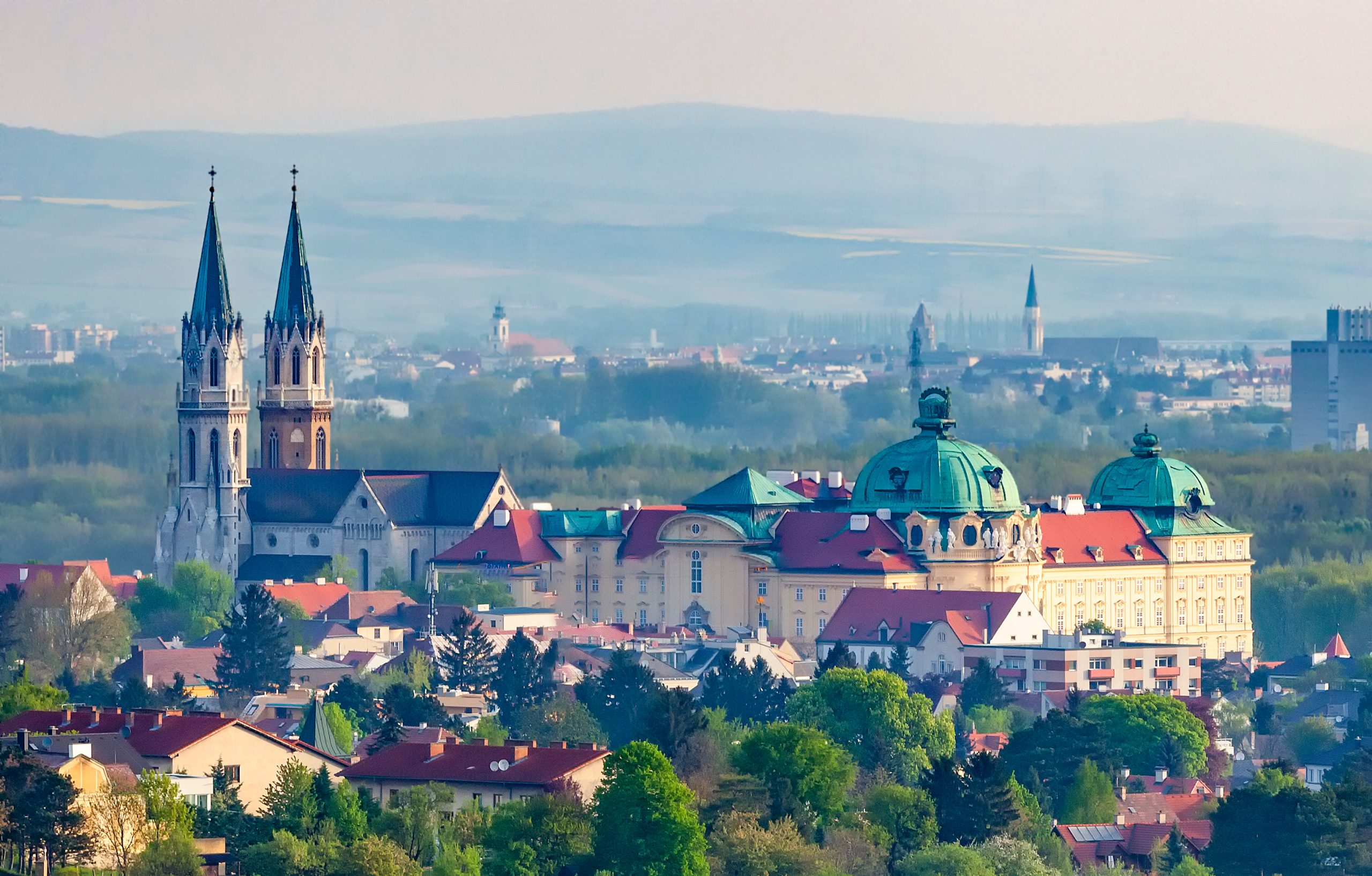
According to the responses to our survey, life in Vienna means coping with a climate that is far from ideal. Winter is the harshest time, with temperatures dropping below freezing and being accompanied by strong gusts of wind, snowfall and rainy days. It takes patience to get used to it in the first few winters in the city.
On the other hand, those who know the city report better temperatures in summer. The maximum temperature does not usually reach 30ºC except in very specific situations and, in those cases, air conditioning systems always help to get through the nights better.
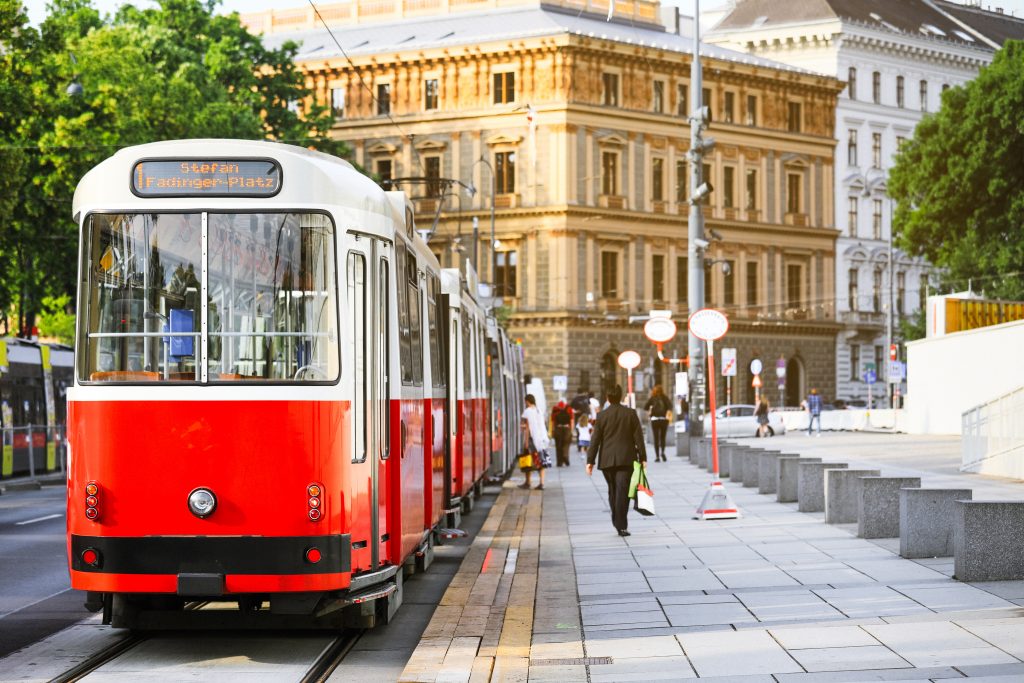
Unlike other European cities, Vienna has a good perception of its transport system. Although the traditional reliance on its 30 tram lines has been mentioned in numerous transport responses, it is also an element that is easy to get used to.
The transport system includes metro as well as trains, trams and buses to cover the entire Vienna region. Generally, the prices are rated as convenient, which is why the scores boost Vienna to fifth place in the ranking for public transport.
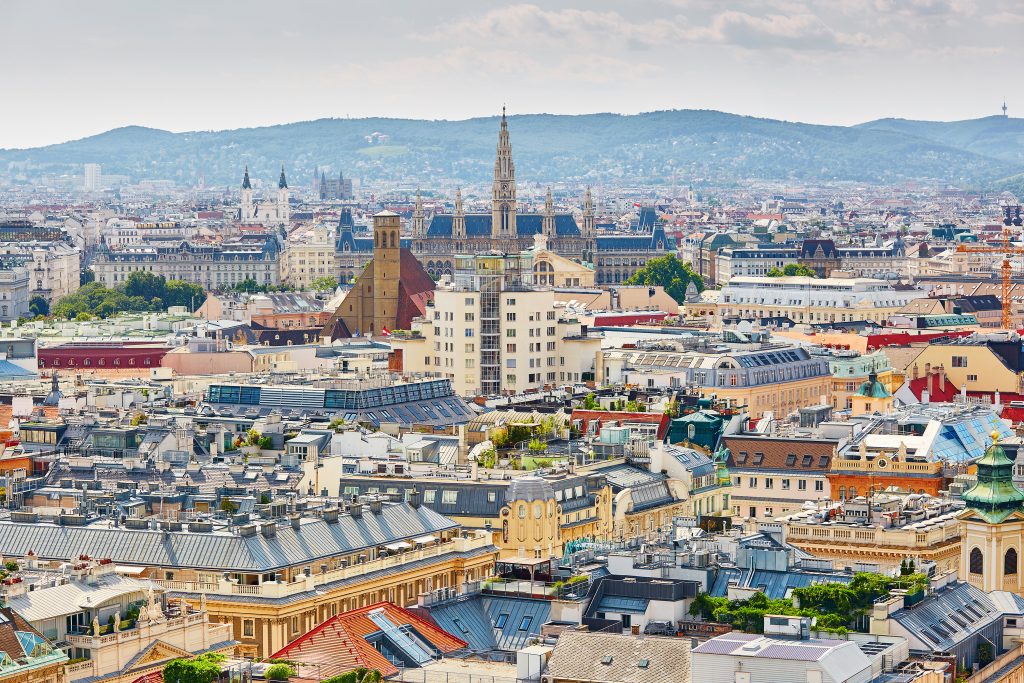
Vienna is home to a large number of universities, some of which have a long tradition, such as the Academy of Fine Arts Vienna, the Central European University and the University of Music and Performing Arts. 100,000 foreign students study here each year, including both university students and young people of other ages.
The city is also home to numerous international schools, such as the International University Vienna, the Lycée Français de Vienne, the American International School and the Japanische Schule in Wien.

As described above, Vienna’s cuisine is designed to compensate for the cold weather during the winter months. Therefore, a lot of soup is consumed in various recipes, as well as large-scale meat dishes to help combat the cold.
Among the main recipes mentioned in the study as representative of their traditional food are frittatensuppe soup, schweinebraten roast pork, speckknödeln dumplings and wiener schnitzel breaded steak, which symbolises the origin of a dish that is widespread in many countries.
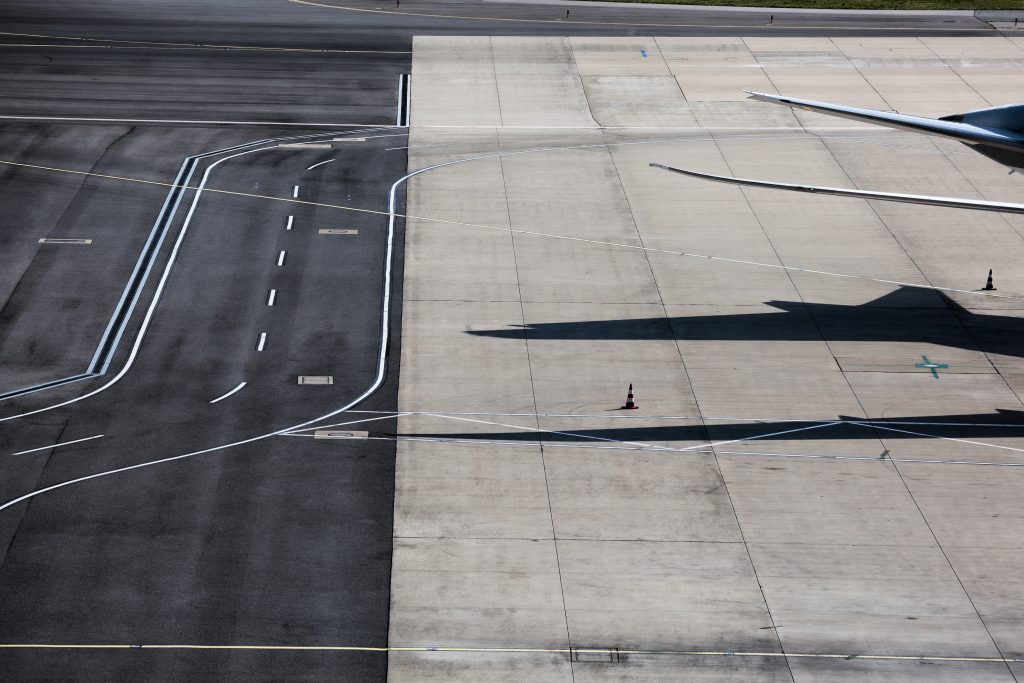
Vienna International Airport is located 18 km from the city, an aspect poorly rated by respondents, who miss a more direct connection. The best connection from Vienna is provided by buses between 5.30 am and 11.30 pm. In fact, it is closer to Schwechat than to the city and accumulates the highest air traffic in Austria.
Its capacity is no greater than that of other air hubs in Europe and it is precisely this point of improvement that is envisaged with a future expansion of the airport.
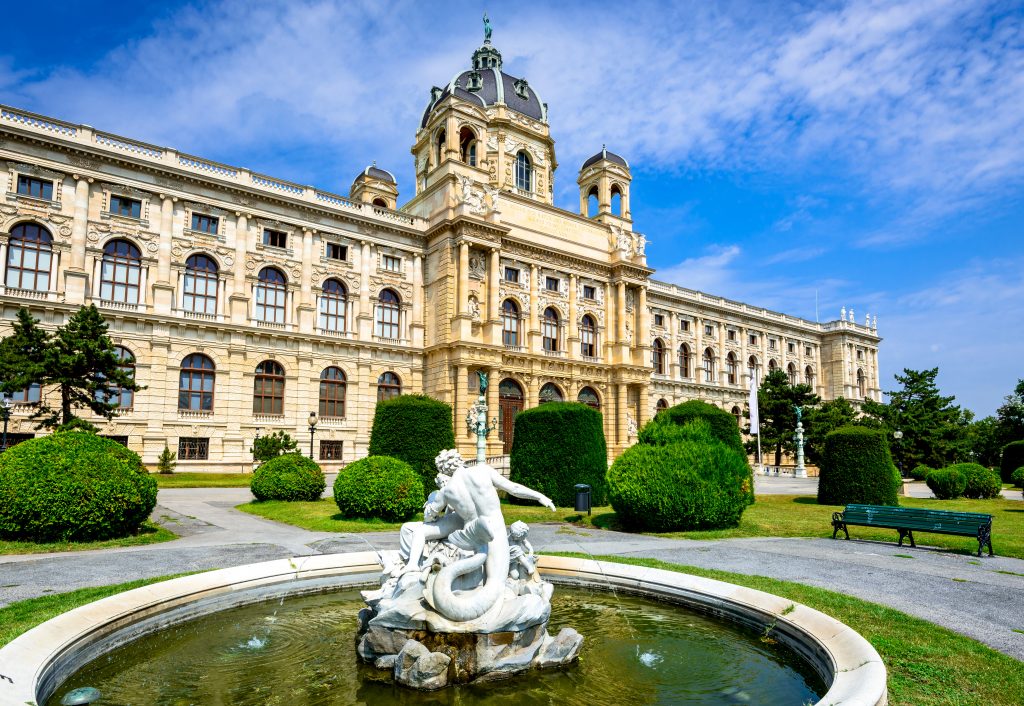
The level of security offered by the city is well rated, so much so that it is ranked eighth among all European cities according to our survey respondents. The level of crime is low and the city is perceived as a safe place to live.
Crime has reduced over the years and the main concern of respondents is petty theft from pickpockets or from certain night spots, such as some of the city’s parks. They also mention public transport as a red flag at night.
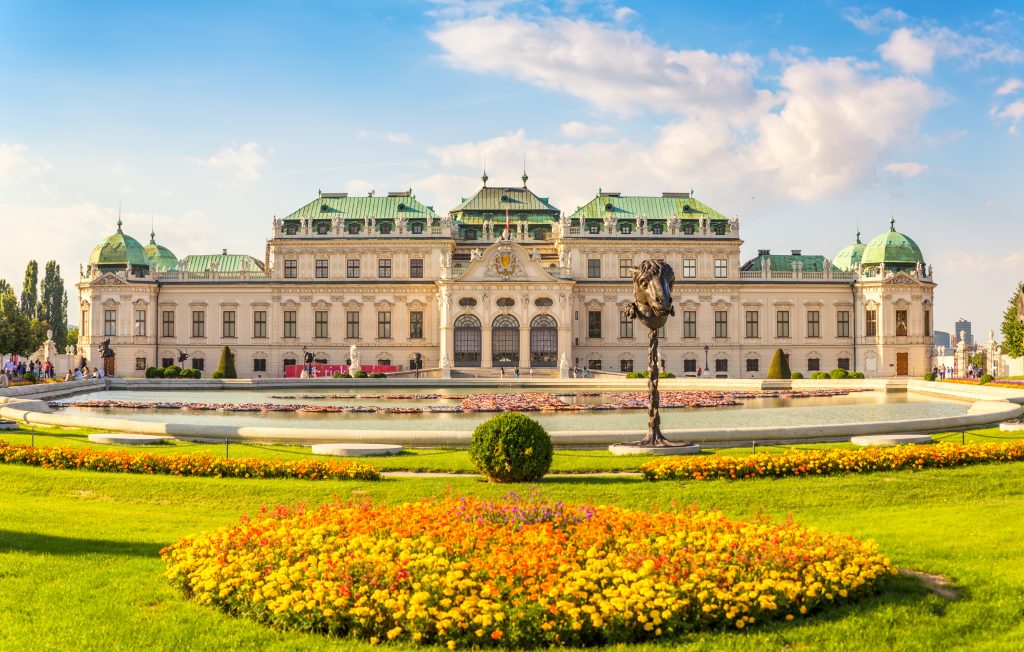
The city’s efforts to be sustainable are reflected in the large number of farms, organic farming and green spaces throughout the city. However, it has not been enough to secure a place in a category dominated by Milan, The Hague and Barcelona.
According to the ratings received, Vienna concentrates too much on its green spaces and neglects other environmentally related processes that other cities are focusing on, such as the use of more green energy sources.
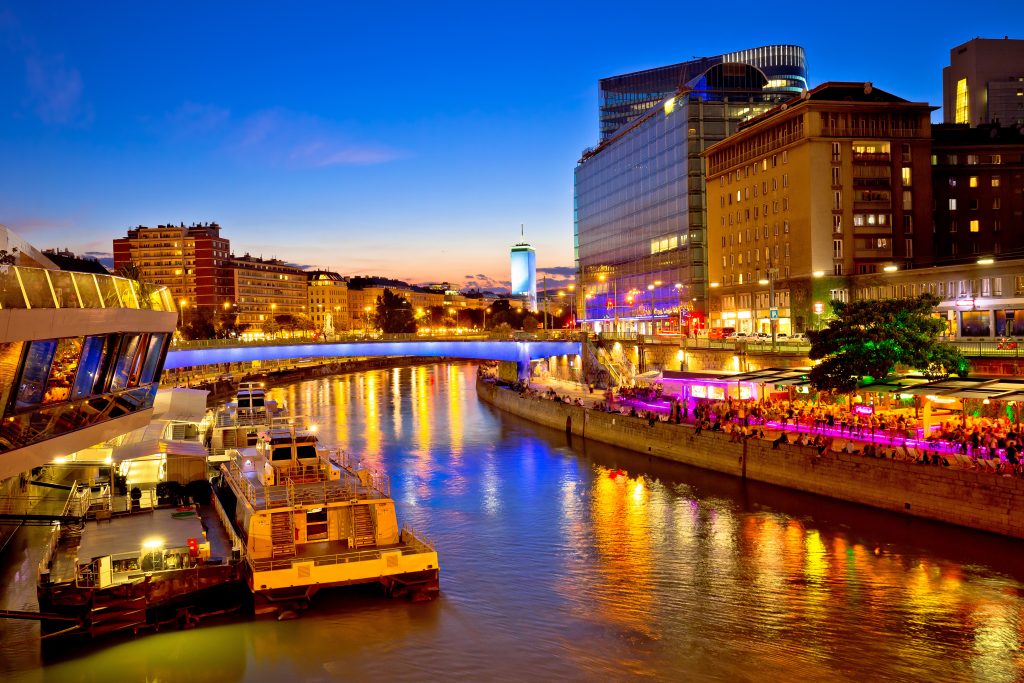
Prices in Vienna are considered highly improvable, although they are not the most expensive in Europe. According to respondents, there are some areas where savings can be made by living in the city, such as shopping or avoiding certain restaurants or venues. However, this is far from the highest quality of life.
Transport is a moderate cost, whereas investing in leisure does involve a larger budget. Our respondents give Vienna’s cost of living a high rating and place the city seventh in the ranking behind cities such as Lyon, Lisbon and Madrid.

The city has one of the largest varieties of museums to be found in the country, many of them being in the Museumsquartier, making it possible to spend a day of cultural entertainment with the family.
In addition, Vienna is also noted for its theatres, especially those used for live opera performances. There is a wide range of cultural offerings, and because of its variety there is always something different to do, a very positive aspect.
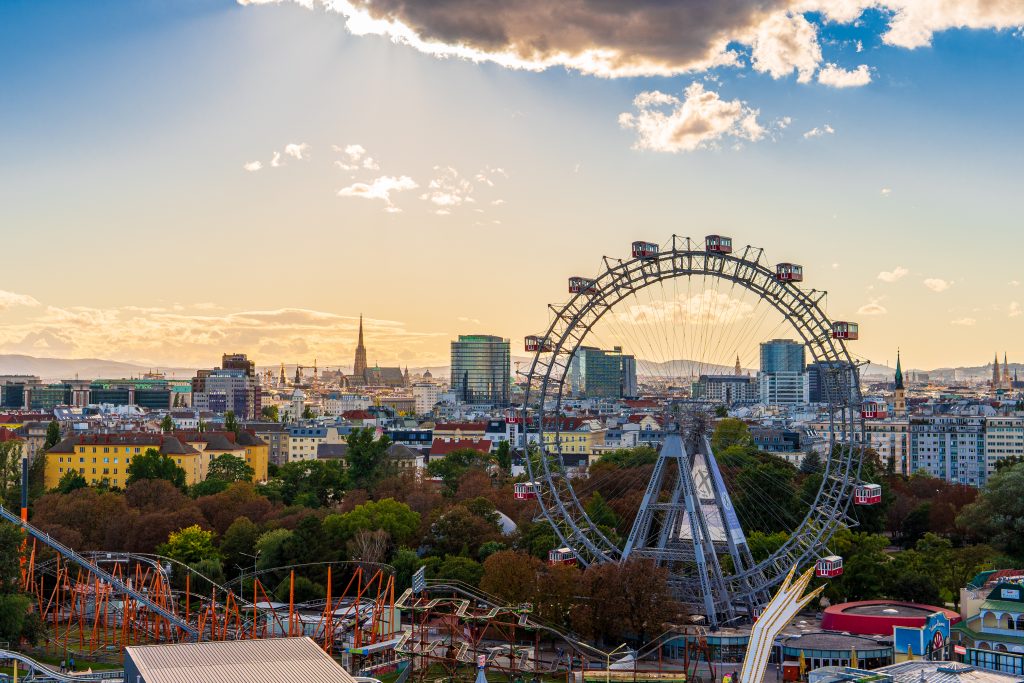
For a night out, the Schwedenplatz area is mentioned as the hub, but virtually all central areas are considered good for a drink at a stadtbahnbögen or an ice cream while strolling around after work. On Thursdays the opening hours are a little later.
Among the most popular places mentioned is the Prater, which serves as a monument and family entertainment area, with a Ferris wheel built in 1897.
